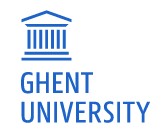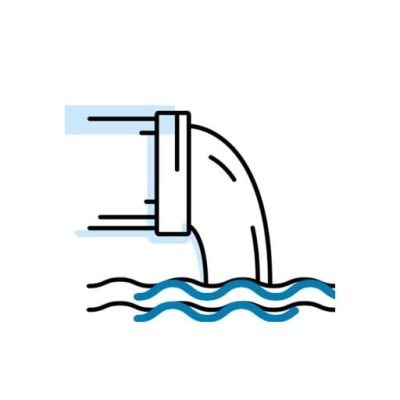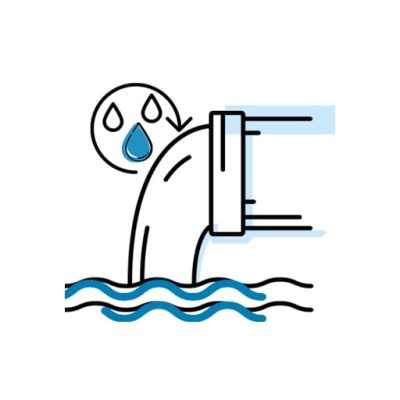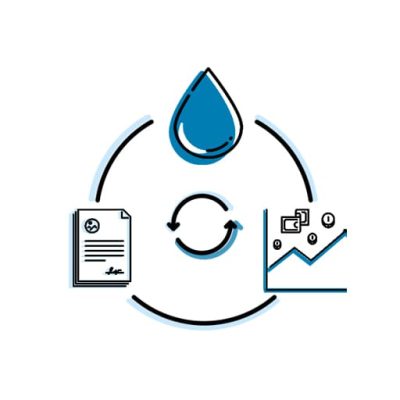
Ghent University is a top 100 university and one of the major universities in Belgium. Our 11 faculties offer more than 200 courses and conduct in-depth research within a wide range of scientific domains. Ghent University Global Campus is also the first European university in Songdo, South Korea.
Legionella are pathogenic bacteria than can lead to severe pneumonia-type illness called Legionnaire’s disease, which could result in death.
Transmission of the pathogen is possible by breathing small aerosols containing the bacteria. Drinking water with legionella bacteria does not pose a risk. Legionella can survive at temperatures between 0°C and 63°C and grows optimally between 30°C and 40°C. In buildings, such conditions can occur in warm water systems, for example for showering.
Learn more about legionella from our previous article dedicated to it.
Many disinfection technologies are at hand to eliminate and prevent the occurrence of legionella, which were elaborately discussed in this report to inform University of Ghent and guide them in choosing the best fit.
Technologies considered were:
These technologies were qualitatively compared based on their effect on biofilm formation, lasting effect after use, possible corrosion or impact on the material of piping, possible effect on taste or smell, potential formation of harmful byproducts, intensity of maintenance, user friendliness, investment cost, chemical usage, energy use and maintenance cost.
As a case study, the payback period was estimated when using in-line chlorine dosing via electrolysis instead of traditional thermal prevention in a home with 191 studio’s. Based on the estimation of the warm water use and the potential energy savings when transferring from thermal prevention to chemical treatment, it was found that the investment had a payback period of 6-7 years. The investment would be about €18.000 including installation, with a yearly maintenance contract of about €2.800
Water softening technology removes the hardness from water to eliminate potential scaling in certain appliances. Hardness is mainly related to calcium and magnesium ions, which can precipitate and form lime scaling.
Limestone precipitation, which can be harmful for and hard to remove from boilers and heat exchangers, resulting in energy losses. However, only when temperatures exceed 60°C can limestone precipitate and be hard to remove. Precipitates found at appliances operating at lower temperatures can be more easily removed and concern salts that remain when water evaporates. Placing water softeners is therefore important mainly starting from 60°C. In showers, however, hardness can result in more use of soap.
This report listed the state of the art concerning technology for water softening and considered
These technologies were compared qualitatively in terms of chemical usage, extra water use (wastewater production), electricity use, maintenance requirements and cost, the ability to remove existing scaling, investment cost and costs for chemicals. Based on several parameters (chemical use, water use, energy consumption and maintenance requirement), these technologies were ranked in a eco-score to identify those technologies best fitting the wishes of University Ghent in terms of sustainability.
The final report enabled University of Ghent to make the best choice in terms of water softening for their buildings and are now, together with Water Experts, testing new technologies in their buildings that can result in a more sustainable approach and in cost savings.
The production of sanitary warm water is linked to several aspects:
At first, a clear overview was given on the different modes to produce sanitary warm water, considering flow-through systems or systems with a storage tank, direct or indirect heating, separate or combined production of central heating and sanitary warm water, pre-heating systems and boiler of storage vessel systems.
The advantages and disadvantages from a practical and economic perspective were listed and compared, to provide a guideline in decision making for University of Ghent.
The factors to be considered when dimensioning a sanitary warm water production unit and the reflection in an eco-design-label were discussed.
Also, literature review revealed the existence of an installation guide that was developed, which is a tool to make the best choice to produce sanitary warm water and/or central heating based on a detailed data sheet for the specific situation of a client. This tool provides information on the investment and operational costs, efficiency and CO2 emissions of the different of the different possible ways to produce sanitary warm water and/or central heating.
The impact of how sanitary warm water is produced on the prevention of Legionella was carefully studied and reported, in close connection with the study on legionella prevention as earlier performed.
Finally, taking all these considerations into account, a case study was worked out to select the best option to produce sanitary warm water and central heating for a new student home.
These studies were very supportive for University of Ghent to make the best possible decisions on Legionella prevention, water softening and sanitary warm water production in their new student homes.


